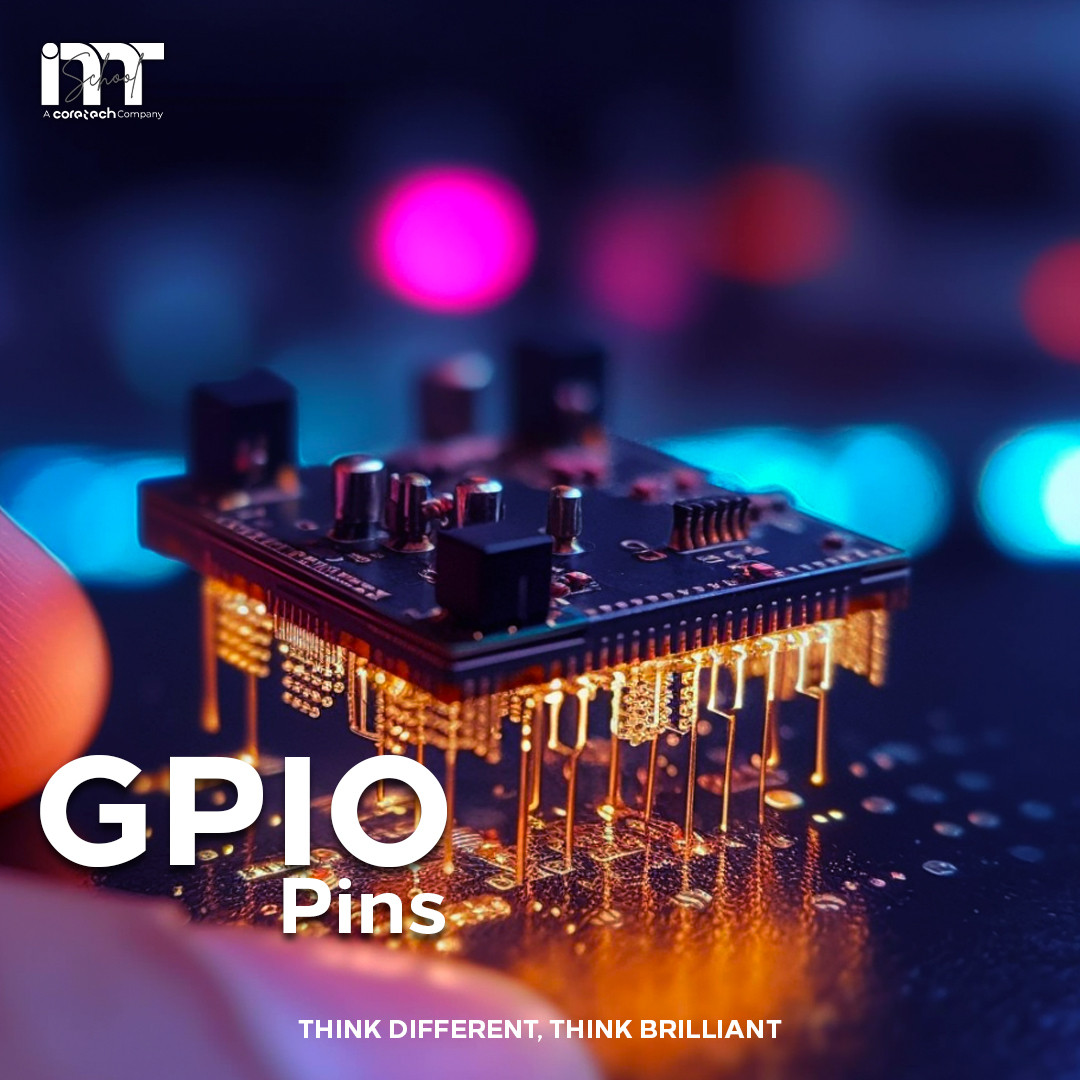
GPIO in Microcontrollers
🎉 Unleash the Power of GPIO in Microcontrollers! 🎉
General Purpose Input/Output (GPIO) pins are the versatile connectors that bridge the gap between the digital world of microcontrollers and the physical world of sensors, actuators, and other electronic components. Let's dive into the exciting world of GPIO and explore its importance in embedded systems! 🚀
✨ GPIO pins in microcontrollers:
-
Input: GPIO pins can be configured as inputs to read signals from external sensors or devices, such as buttons, switches, or temperature sensors.
-
Output: GPIO pins can also be configured as outputs to control external components, such as LEDs, relays, or motors.
💥 Key Features of GPIO pins:
-
Flexibility: GPIO pins can be reconfigured as needed, making them suitable for a variety of applications and tasks.
-
Digital signals: GPIO pins are designed to work with digital signals, using HIGH (logic 1) and LOW (logic 0) voltage levels to represent binary data.
-
Simplicity: GPIOs are simple to use, making them ideal for beginners and experts alike.
🌟 Why are GPIO pins important in microcontrollers?
-
Versatility: GPIO pins enable microcontrollers to interact with a wide range of external components, expanding their capabilities and applications.
-
Customization: GPIO pins allow users to create custom configurations and designs, tailoring their embedded systems to specific needs.
-
Accessibility: GPIO pins make it easy for hobbyists, students, and professionals to develop innovative projects and solutions using microcontrollers.





